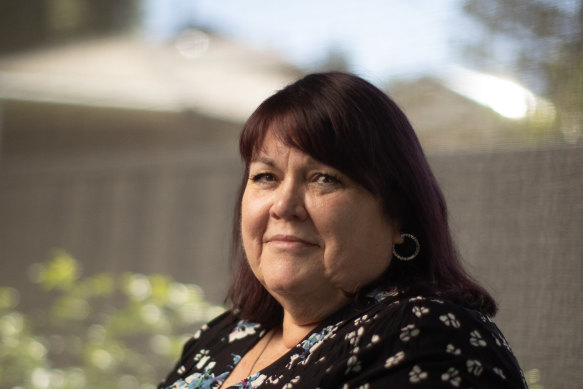Victorian students are among the lowest funded in the country, with funding for private school pupils growing at a faster rate than their public counterparts over the past decade.
A new Productivity Commission report finds federal and state funding per student in Victorian non-government schools grew 31 per cent over the 10 years to 2021. Funding per student in Victorian state schools grew by 27.1 per cent over the same period.
The report shows that overall government funding per student grew by 28.6 per cent in Victoria over the decade, the highest growth rate in the country.
But at $17,174 per student, Victorian students are the second-lowest funded in the country, only ahead of South Australian students.
Victoria’s public schools received $20,047 per student in government funding in 2020-21, while non-government schools attracted $12,087 per student.
Education expert Dr Sue Thomson said the biggest bang for buck was targeting funding at disadvantaged schools, which tended to be state schools.
Thomson, who recently retired from the Australian Council for Educational Research, called on governments to fully fund all state schools.
“My greatest hope is that they do something about that because we’ll never even look at equity until we look at equal funding,” she said.
“We wonder why we’re not closing the gap [between advantaged and disadvantaged students] or why there’s a large proportion of kids who are not achieving very well. It’s the old, if you don’t change anything you don’t expect anything to happen.”
Rachel Wilson, from the Centre for Educational Measurement and Assessment at the University of Sydney, said: “We are one of the world’s wealthiest countries and we are going backwards in educational inequity.”

Education expert Dr Sue Thomson.Credit: Simon Schluter
A recent report by the Grattan Institute found disadvantaged year 9 students are five years behind in reading ability and four years behind in maths compared with their advantaged peers, more than double the gap found in year 3.
The OECD’s latest global test of 15-year-olds found two in five Australian students do not meet national proficiency standards in reading and maths.
Under the Gonski “needs-based” funding model, the federal government has committed to spending a record $318.9 billion on schools from 2018 to 2029.
But the changes have been criticised for giving some state schools less public funding than they need to meet students’ educational needs, while over-funding some private schools.
The Andrews government has committed to fund non-government schools fully in 2023, but has yet to commit to fully funding state schools.
It has agreed to increase its share of the student resourcing standard – an estimate of how much public funding a school requires to meet educational needs – to 75 per cent by 2029, while the Commonwealth funds 20 per cent. There is no agreement on the remaining 5 per cent.
There have been changes to how funding for non-government schools is calculated, with parents’ income data now used to assess how much they can afford to contribute to fees. This year, 19 per cent of Victoria’s non-government schools will receive more funding, 36 per cent will receive less, and close to 45 per cent will receive the same funding as last year.
Federal Education Minister Jason Clare said his government was committed to working with state governments to get every school to 100 per cent of its fair funding level.
The Productivity Commission report also noted that Australian 15-year-olds have a lower sense of belonging at school than the OECD average.
With Christopher Harris
The Morning Edition newsletter is our guide to the day’s most important and interesting stories, analysis and insights. Sign up here.